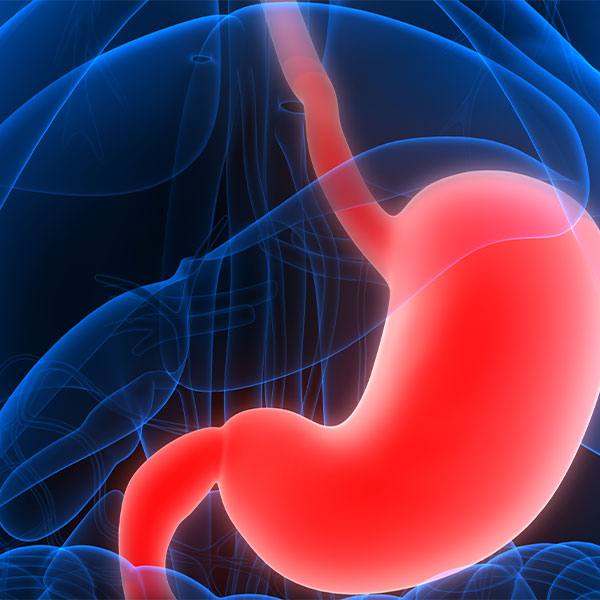-
Cancer
The Fruit Fly Counting Project
The Division of Engineering arose at Mayo Clinic pretty much the first time a clinician needed an instrument and didn't have time to order it from Chicago. From the Instrument Shop, in 1915, the Division of Engineering has grown into a group of 67 people who help Mayo Clinic create the next best idea in medicine. This group of engineers, programmers, builders, artisans, and craftspeople has made everything from bespoke glassware, 3-dimensional surgical models and instruments, to communication systems, diamonds, and tools to quickly track and store patient tissue samples. They take the ideas of Mayo Clinic researchers and clinicians and turn them into reality.
And on one occasion they built a tool to count fruit flies.
Read more on why counting fruit flies could help treat or prevent chemotherapy induced nerve damage: Fruit Flies Rise to the Occasion.
As you might imagine, it was a unique job, but actually, so are all their projects. Some days it’s measuring neurotransmitters with custom diamond electrodes, other days it’s helping researchers study nerve damage by counting fruit flies. Engineering section head, Mark Wehde, explains that the projects come in, are assessed for a variety of factors. If they agree that the project can be done, a team is formed. In this case, the team consisted of Josh Boesche, Senior Engineer; Nicholas Giorno, Development and Support Engineer; Steve Nowakowski, Principal Engineer II; and Matt Hainy, Senior Engineer.

Josh explains how they got started, saying, "Jewel [Podratz] invited us up to the lab and she said, we put a bunch of flies in the vial and we manually tap it down and we start a timer."
Nick jumps in, saying, "We watched someone do it and I was like…"
"Wow," say Nick and Josh, almost at the same time.
"And she said, I have to do 10 of these and now I'll count them," Josh continues, "and I said, how are you counting them?" "Because they're moving," Nick adds, "they don't stop moving." The labor-hours he continues, goggling a bit, were high just for one assay, or 10 vials. "That was like a whole day, a whole job from someone," he says.

With Jewel's guidance, the team identified the specific needs and set to work.
"You'd think this would be simple," says Matt, "but there's a lot that goes into making something like this work every time." Basically they needed a holder for 10 vials, something that could tap them with consistent force, lighting to allow a camera to take a picture, a software program to understand the data in the picture and a way for Jewel Podratz to see and collect the data.
Josh was in charge of the software, the user interface and communication to the hardware board. Nick was the tech lead, in charge of the system model and the process. Matt was in charge of the packaging and design of the apparatus and the drawings.
"Every day we'd have meetings," Nick says, "the three of us and our project manager. Once a week Jewel would come down and we'd go over what we were working on." She would work with it, he says, and give them feedback.

The lighting in particular required a great deal of engineering and consultations.
"We went through quite a few iterations, different shapes, different brightness, angles," Josh says. "We found that our original idea lit up the center of the vial but the front and bottom were dark." Adds Matt, "the shadow in the front was causing problems so we added the front spot light," as well as LED lights on the top and bottom that are angled toward the vials. In the final design, it looks like stage lights, ("…if you want to call it that," says Josh) and that allows the camera to snap accurate images of the fruit flies from any angle. They know it's accurate because they tested it.

"We knew nothing about Drosophila, fruit flies, at all," says Matt. "It was a crash course," continues Nick. "There are so many different shades and sizes of fruit flies; and size actually ended up mattering. To train the software we had to know the size."
To test the camera and the algorithm that counted the flies, Matt created calibration vials that mimic different scenarios the fruit flies might end up in: All on the bottom, some in the middle or behind one another, for example.


This is what the computer counts.
Showing an image of the calibration vials, Josh says, "You can see these aren't actually flies; Matt took clear tape and, like, seeds…" "Anise seeds," clarifies Matt, "the seasoning. It was the closest to the fly size. I glued them in there."
They also evaluated the accuracy of the algorithm with the help of a high speed camera set up next to the counter.
"We came within 0 to 1 fly accuracy," says Josh, "which Jewel said was acceptable."
-- Sara Tiner, April 2019







